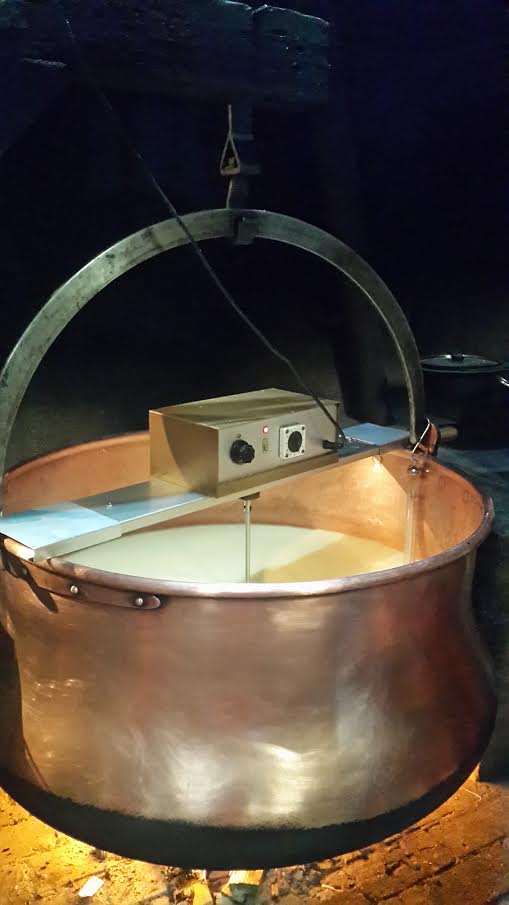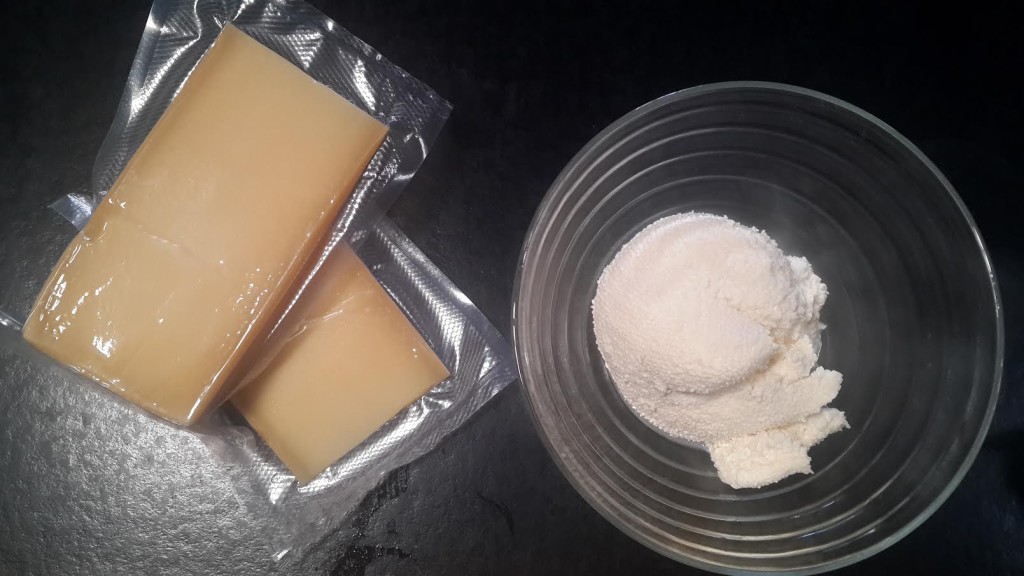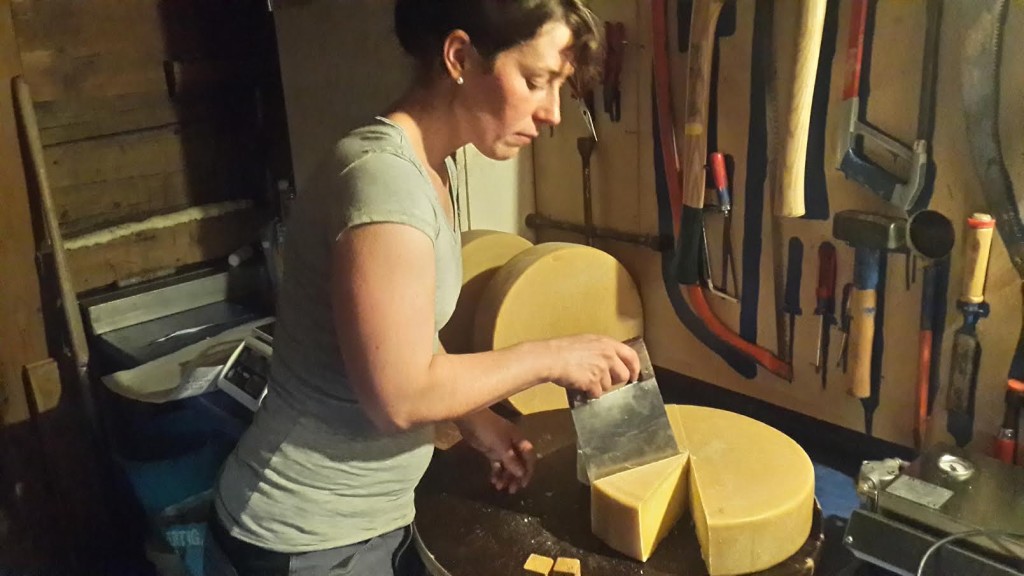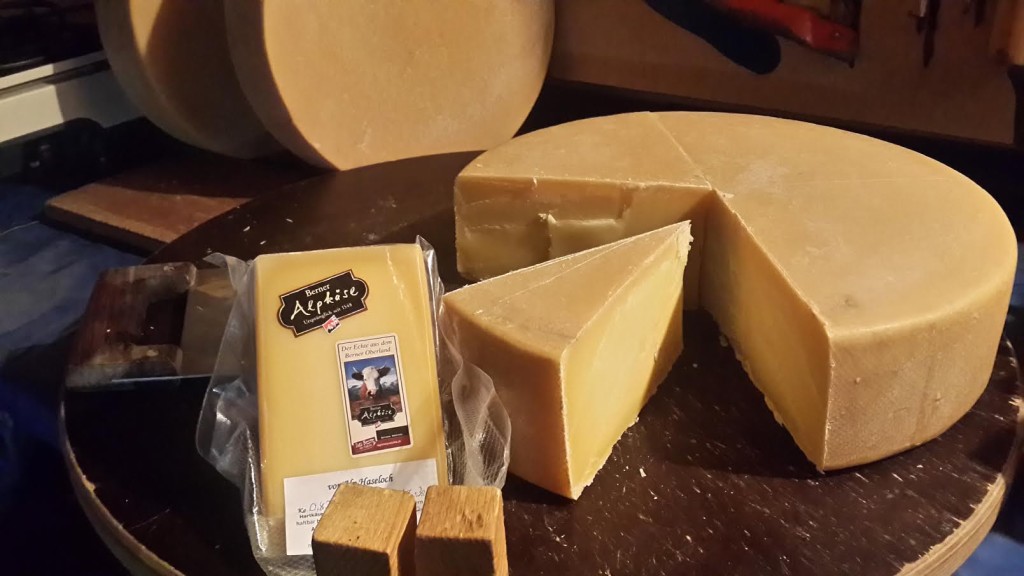Hindu metro plus , Who made my cheese ?
It was the perfect summer weather in the Swiss alps when friends suggested that we visit the cheese making unit that was situated about 5 kms from Saanenmöser station. I was only more than happy to take them up on the offer.The wooden cottage that housed the production process was situated atop a hillock beside winding roads. To say that it was a surreal experience for me from the moment I entered the cottage is no gross exaggeration. You see, for years I had been a follower of a series on the discovery channel ,called ‘ Cheese slices’ where the host Will Stud visited many a space of exactly this kind and interacted with the cheese makers on a one-on-one basis.
And now I had actually got the chance to do the same ! The place named Haseloch (meaning rabbit hole in swiss german) is owned by Armin and Annina who live in the mountains between the months of May and September only in order to produce this special cheese. It’s called Alpkase’ and has earned a special GI status (AOP ) by the European Union for the manner in which the cheese is made.
The front room of the cottage houses a large handmade copper cauldron. As she oversees the stirring of the milk while checking the temperature on her thermometer , Annina explains how important it is to use fresh full cream milk from their own cows to make this cheese. The Holstein-Friesian cows are grass fed on the meadows and are housed in the stables that are built alongside the cottage.
I marvel at the beauty and finish of the copper pot and tell her how much it reminds me of our copper vessels back home. It’s amazing how despite the raging fire below,the rim of the copper pot could still be held quite comfortably ! She says there is only one family left in the nearby village who can handcraft a copper pot of this kind today. She has her young god-daughter who helps her with the initial process .Together they gather firewood for heating the milk to the right temperature. Despite her initial hesitation to talk in English , Annina managed to take us through the process by including even the smallest of details. Our group ranging from the oldest member at 85 years of age down to the youngest at 9 were equally delighted to watch it all . She painstakingly ran through the process despite having to pay keen attention to her work.
When the milk solids separated from the whey after adding the culture Annina feels it around in her fingers.The cutting of the solids was done with a special instrument called a harfer (Because of it’s resemblance to the harp) and it is fascinating to watch ! Anina happily agrees to pose for me AGAIN ! She handed a bit for us to squish between our fingers while explaining that not only should it have a springy texture but when popped into the mouth it should feel “squeaky like bubblegum”. So we all tasted some and swirled it around our palate just as she did and it did in fact feel all bouncy but also fresh and delicious. Barely did she put some down in a bowl and there we were, all sticking our spoons in for seconds.
Then it was Armin’s turn to get the sieved milk solids shaped and compressed by getting all the whey out. Most of the whey goes to feeding their livestock , while a small portion is retained and kept in a warm oven to make up the culture for the next day’s cheese making.
The 350 litres of milk that is made into cheese every day is molded into round blocks and cured in a salt bath before it is left on the shelves to mature. Six months later the Alpkase’ is ready to be sold.
I’m not sure if the rest of the group was as excited as I was to enter the cool cellar where the cheeses were all stacked up for aging. It was a dream come true moment for me to be in a space high up in the Alps ,visiting a traditional cheese making unit that has no way been diluted by modern influences. My friends and myself were also deeply grateful that we could expose children to this kind of simple living which allows us to understand the importance of such people who contribute to the environment by staying true to their craft !
Annina explains that they also sell a version called Hobelkase which is the same cheese that is left to age for about 2 years or more at which stage it turns all dry and crumbly and is also good for making the rolled cheese that’s served in the local restaurants.
We waited in anticipation when she took down a block of Alpkase to slice open and give us a little taste. The cheese is best eaten sliced in thin slivers and has a rich flavor that will complement pickles, chilled wines , fruit preserves and some whole grain crusty bread.
Having tasted both the fresh as well as the mature cheeses gave us an insight into the hard work involved in sustaining an enterprise of this kind. There is nothing artificial about the process from start to finish. In the winter months they go back to their home on the other side of the mountain where they keep busy with farm related work.
Their cheese is sold only in Switzerland at the moment. Annina and Armin are fiercely proud of this traditional cheese making process and are more than happy to invite visitors to observe their daily routine. If you were to ask me what it was about this day that I enjoyed the most , I honestly wouldn’t be able to pick a favourite . The gorgeous location , the large white and brown grass fed cows with the heavy swiss bells making deep gong sounds at every turn of their necks , the homely wooden cottage which seemed to be full of hidden surprises , the warmth and smiles of the friendly couple who took time out for us despite the back breaking work involved , the mindfulness of not wasting a single drop of milk and the passion to wake up early the next day and do it all over again with the same zeal….it humbled me and filled me with awe for the hardworking dairy keepers of the Alps ! As we walked back down the mountain I was deeply overwhelmed knowing that I couldn’t have asked for a better way to spend my morning !
Contact them at 0041794613360 / 0041794011348













Dear Shanthini.
Lovely speaking with you. Felt a sense of kindred connect… After going through your blog and your writing the feeling not only reinforced but am inspired as well to start sharing thoughts through a blog
Keep writing and the good work up… Will def be in touch with you.
Thanks very much. Glad to hear that my work has prompted a thought process for you ! Do keep in touch.